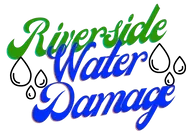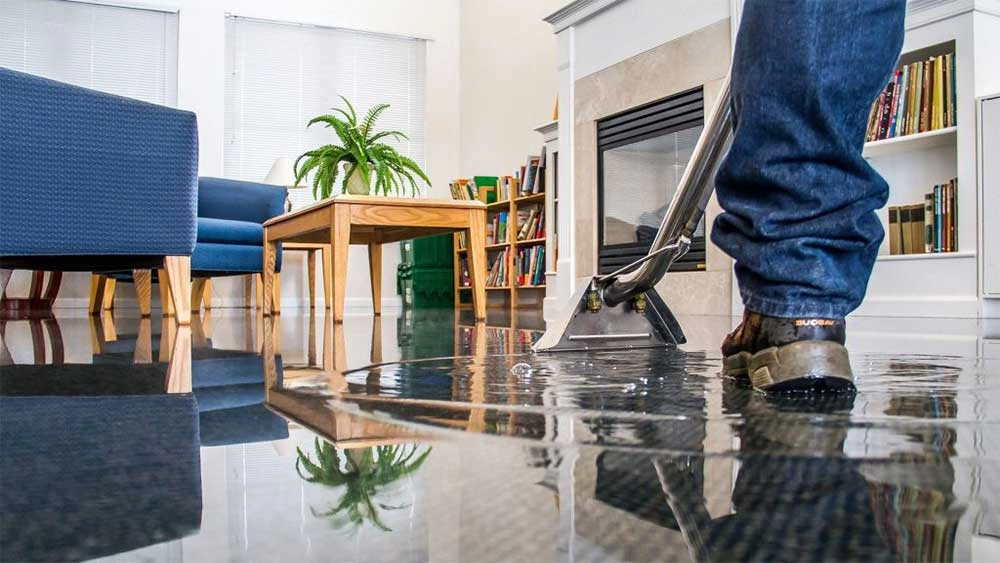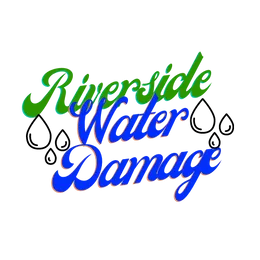Returning to your home after a fire can be a daunting and emotional task. The memories of your once-cherished space intertwined with the trauma of the event can be heartbreaking. But before getting overwhelmed with the myriad of tasks, it’s essential to understand the importance of ensuring a safe return.
You’ll need a well-organized checklist that covers everything from safety inspections to restoring personal items. Here’s a comprehensive guide to assist you through this challenging journey.
1. Wait for the go-ahead
It might be tempting to dive right in and start the recovery process, but safety first! Ensure that professionals have deemed the property safe for re-entry. Fire departments will typically provide the green light after ensuring that there are no lingering threats like weakened structures, live electrical wires, or smoldering ashes.
2. Contact your insurance
After any disaster, the first logical step is to notify your insurance company. They will guide you on the next steps and can often recommend reputable fire restoration specialists. It’s crucial to document everything, from photos of the damage to all communication with the insurance company.
3. Assess structural damage.
Engage with a professional to evaluate the structural integrity of your home. They’ll inspect the foundation, walls, ceilings, and other critical areas to determine the extent of damage and ensure stability.
4. Address water damage.
It might sound ironic, but water damage is a significant concern after fires due to firefighting efforts. Standing water can lead to mold growth, further complicating the restoration process. Engage professionals to dry out the areas, ensuring there’s no lingering moisture.
5. Eliminate smoke and soot.
The remnants of smoke and soot can pose severe health risks and can permeate walls, carpets, and other household items. Professional restoration services use specific techniques to clean and sanitize these areas, making them safe again for habitation.
6. Clean and restore personal items.
Your personal belongings, from clothing to electronics, will also need attention. Specialist cleaning services can restore many of these items. However, some might be beyond salvation, and you’ll have to make the tough decision to discard them.
7. Check the HVAC system.
Smoke and soot can infiltrate your HVAC system, spreading contaminants throughout your home. Before turning on your heating or cooling system, get it professionally inspected and cleaned.
8. Renew the electrical system.
Fire can cause significant damage to wiring, outlets, and appliances. It’s crucial to hire a licensed electrician to inspect and repair the electrical system throughout your home, ensuring that everything is up to code and safe to use.
9. Redecorate and restore
With the core safety and structural issues addressed, you can now shift your focus to bringing your home back to its former glory. Depending on the extent of the damage, this may involve repainting walls, replacing flooring, and buying new furniture. Always remember, it’s not just about aesthetic appeal but also about creating a safe and comfortable living space.
10. Emotional Recovery
Last but not least, the emotional toll of a fire shouldn’t be overlooked. Seek support, whether through counseling, community groups, or simply by speaking with friends and family. Healing is as much a mental journey as it is a physical one.
In Conclusion
Recovering from a fire is a step-by-step process, demanding patience, resilience, and a steadfast focus on safety. Though the path may seem lengthy, it’s essential to remember the ultimate goal: a safe, restored home where memories can once again flourish.
While it’s tempting to try and manage some tasks on your own, it’s always recommended to rely on professionals to ensure the highest safety standards. By adhering to this checklist, you can confidently pave the way for a safe return to your cherished abode.


